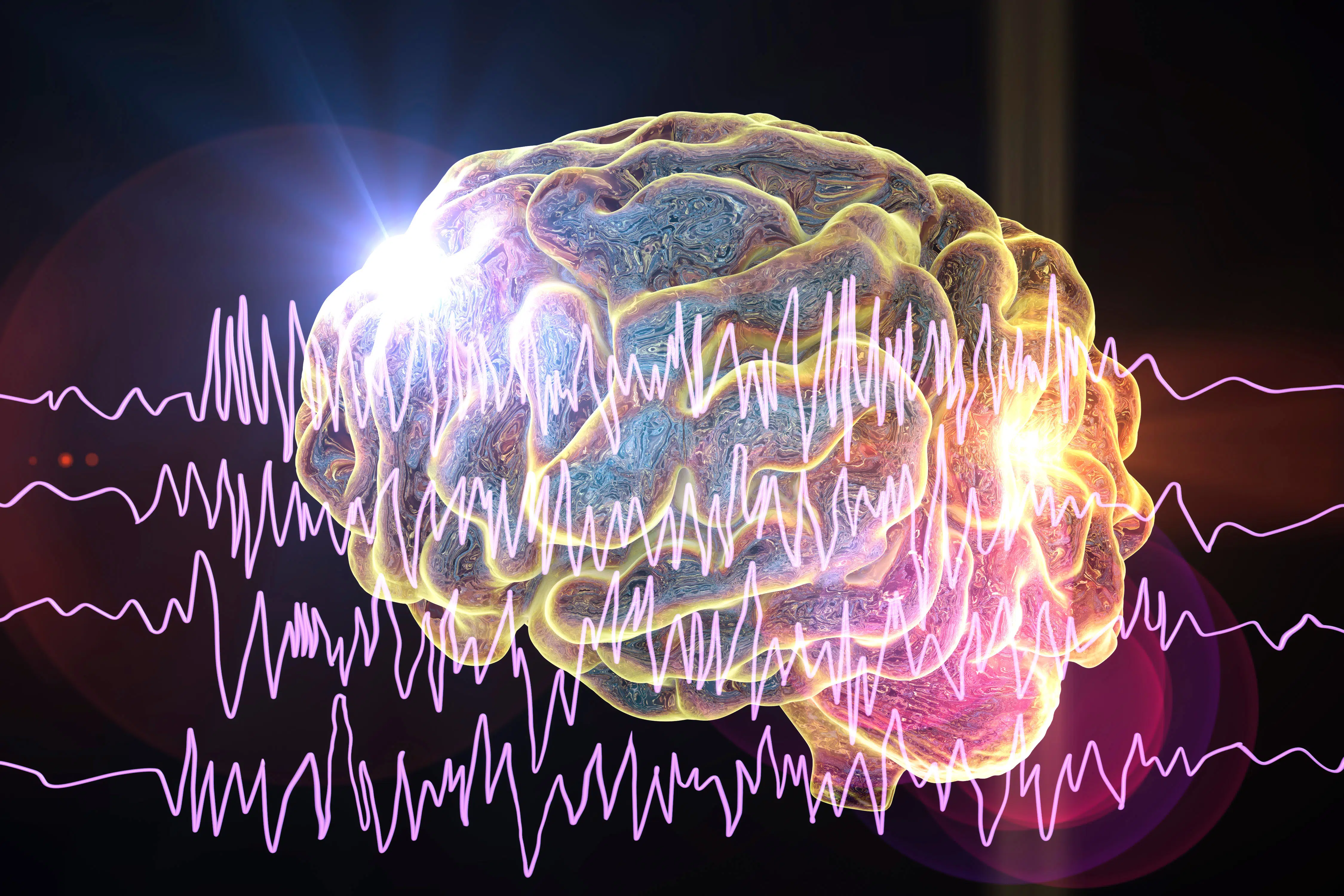Anxiety disorder, depression, and stress may be more common than you think. The AUCCCD or Association for University and College Counseling Center Directors, in a survey, identified anxiety, depression, and stress as the top concerns of college students.
Take a look at these three conditions to spot the symptoms when they present in the people you care about. Subsequently, learn about neurofeedback training, a no-medication approach to managing anxiety, depression, and stress. This article should answer your top neurofeedback FAQs.
Anxiety
According to the American Psychology Association, worried thoughts and feelings of tension characterize this emotion. Physical changes such as elevated blood pressure often accompany anxiety.
Normal Anxiety
Do you have an upcoming job interview or important exam? Feeling anxious or worried is perfectly normal in such a context. Naturally, you can’t help but think about what will happen in your job interview or wonder if you are sufficiently prepared for your exam.
Anxiety is a state induced when faced with uncertain circumstances, and it is a function of survival. However, it should naturally go away after the cause of anxiety goes away. The feelings of anxiety should also be proportional to the trigger.
A person who presents with persistent anxiety or unduly severe anxiety may have an anxiety disorder.
Anxiety Disorder
In a person with an anxiety disorder, the feeling of anxiety can last for months, get worse as time passes, or be disproportionate to the nature of the trigger. In this case, the strain weighs heavily on a person, and one may be unable to go to school, go to work, take exams, and hang out with friends.
Many anxiety disorders include panic disorder, generalized anxiety disorder, and phobia-related anxiety.
Depression
Depression, technically clinical depression or major depressive disorder, is a mood disorder. Unlike anxiety, depression is not something people usually feel.
Symptoms of Depression
People with depression often recount experiencing the symptoms listed below.
Note that experiencing one or some of these symptoms does not mean you have depression. But if you have some of these symptoms, and they have lasted for weeks, you may be suffering from depression.
- Inescapable feelings of sadness, anxiety, or emptiness.
- Feelings of irritability, hopelessness, despair, guilt, inadequacy, helplessness, apathy, and restlessness.
- Suicidal ideation.
- Agitation and irritability.
- Difficulty focusing and remembering.
- Indecisiveness.
- Fatigue or lack of energy.
- Weight loss or gain.
- Appetite loss or gain.
- Aches or pains without clear physical cause or that do not improve with treatment.
Stress
Stress is the body’s response to challenges. Many things can lead to stress. Academic requirements, family expectations, problems at work, or traumatic events can trigger stress.
Stress Is Normal and Affects Everyone
No one is exempt from feeling stressed. College students, in particular, can feel stressed about their coursework or an impending exam.
Note that stress is normal. For example, the stress you’re feeling right before speaking in front of your classmates for a course requirement will keep you focused. Your body’s stress response to a mugging will help you become more alert and run faster if needed.
When Stress Becomes a Problem
Stress is a problem when it is chronic or prolonged. The stress reaction is meant to be temporary. But when stress lingers, the very same stress reaction that helps one survive and perform better wears down the body.
Chronic stress can make one irritable and sad, leading to anger management issues. Insomnia, chronic headaches, and digestive problems are also often a result of perennial stress.
Neurofeedback Training
Neurofeedback training is a brain exercise that trains the brain to control its responses or brain wave activity.
The premise of neurofeedback training is simple. It provides the brain instant feedback about its brain wave activity, and the brain learns to control such activity. Do this repeatedly, and the brain’s ability to direct specific brain processes will improve.
Therapists have been using neurofeedback training for ADHD, anger management, substance dependence, anxiety, depression, and stress.
How Neurofeedback Training Works
In neurofeedback training, the training’s objective must be established. Is it to treat anxiety disorder, depression, or chronic stress?
Next, neurofeedback sessions will commence. Brain activity in specific areas of the brain is monitored using an electroencephalogram (EEG). The treated condition will dictate which areas of the brain the machine will scan.
While connected to an EEG, the subjects may be told to relax and watch their favorite series or movie on Netflix. All the while, the electrodes attached to their scalp let the EEG monitor their brain functions.
Whenever the EEG detects positive brain wave activity, immediate feedback is provided to the brain through an instant reward: a bigger and sharper picture and clearer audio.
The audio-visual feedback (i.e., the reward) alerts the brain that the desired brain activity has occurred. Consequently, the brain will start directing itself to reproduce the desired brain activity. It does this to repeat the rewarding experience (or trigger the audio-visual feedback again).
Through the repetition of this brain exercise, after a sufficient number of neurofeedback sessions, the brain will become adept at managing and controlling its responses.
How Neurofeedback Training Works in Treating Anxiety Disorder, Depression, and Chronic Stress
Like in any neurofeedback session, the subject’s brain responses will be monitored via EEG. Monitoring will be done for brain wave activity specific to anxiety disorders, depression, and chronic stress (negative brain activity). Alternatively, desired brain activity (e.g., happiness, motivation, and relaxation) may be tracked instead.
As described above, immediate sensory feedback is given whenever the target brain activity occurs. And through time, the brain’s capacity to induce the desired state will improve. Consequently, given enough time, the brain will heal itself and improve itself.
The Power of the Brain to Heal
Anxiety, depression, and stress are top concerns among college students. It’s understandable, given the tremendous amount of pressure they are under at any given time.
However, being continually anxious and chronically stressed is not good for mental health. Depression, moreover, is a mood disorder and must be treated.
Neurofeedback training is an approach to managing anxiety disorders, depression, and chronic stress. It works by letting the brain use its power to heal itself. Neurofeedback training is worth checking out if you want an alternative to medication.















